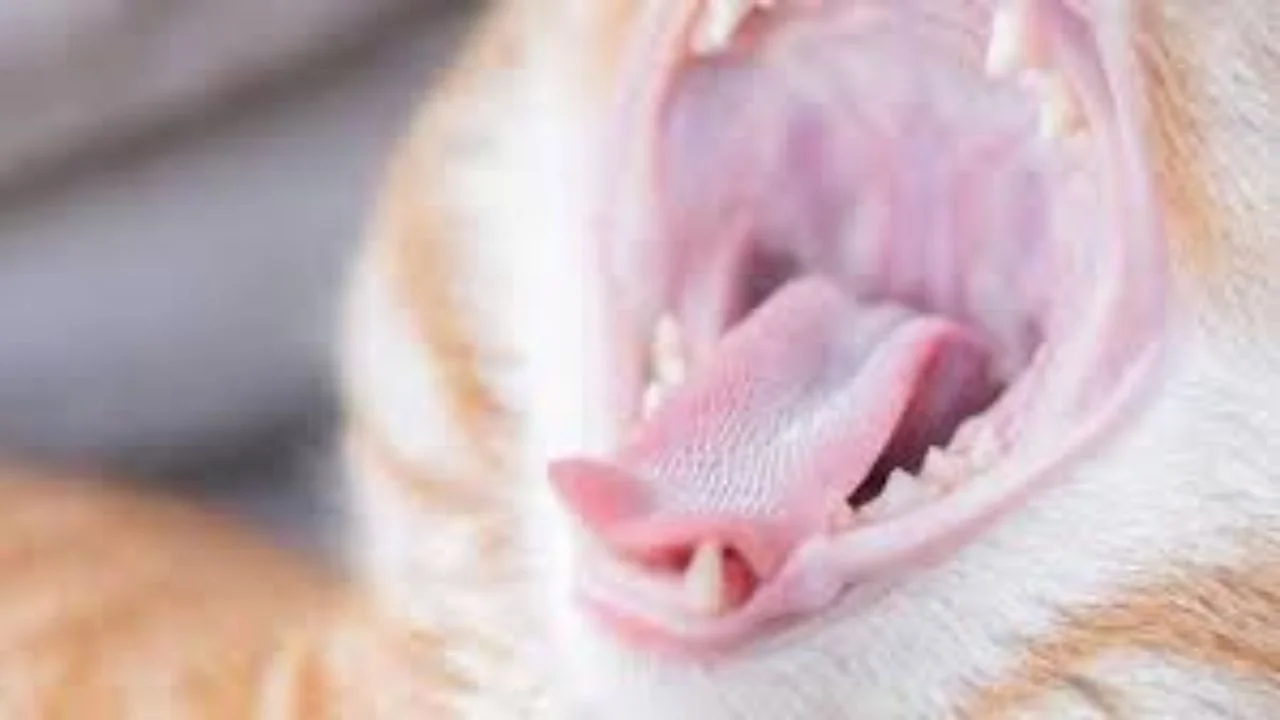How many teeth do cats have? This question often puzzles cat owners who are curious about their feline friends’ dental anatomy. Understanding the number and types of teeth cats possess is crucial for ensuring oral health. From the sharp canines to the tiny incisors, cats’ teeth have played essential roles in their daily lives. In this article, we will reveal everything you need to know about your cat’s teeth, including how to care for them and what to do if any issues arise.
How Many Teeth Do Cats Have?
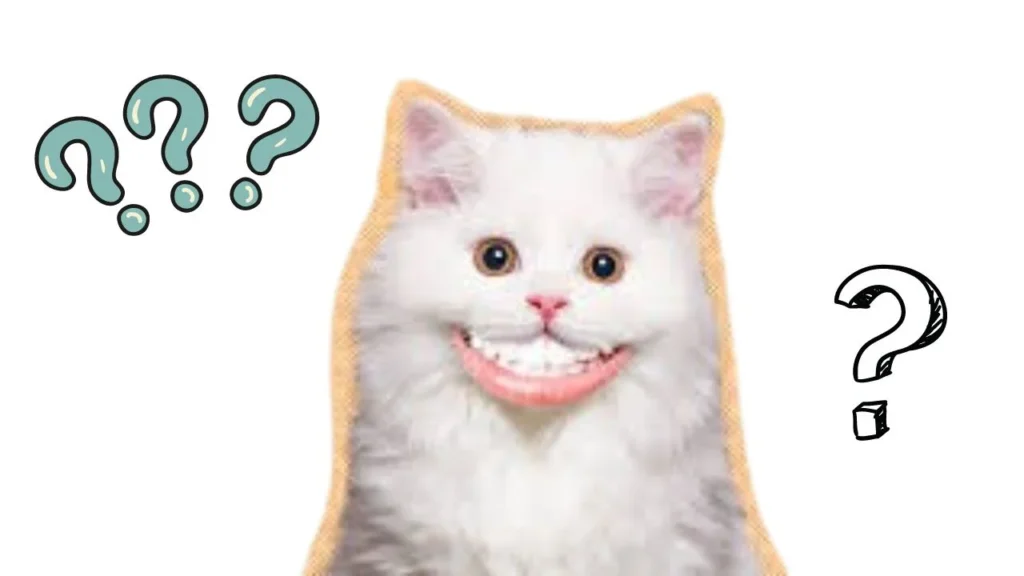
How many teeth do cats have? Adult cats typically have 30 permanent teeth. These consist of incisors, canines, premolars, and molars, each serving a specific function in their diet and grooming habits. In contrast, kittens are born without teeth, but they develop a set of 26 baby teeth, also known as deciduous teeth, by the age of six weeks.
As kittens grow, they undergo a teething process similar to humans. Around four to six months, their baby teeth start to fall out, making way for their permanent set. During this time, monitoring their dental health is essential, as retained baby teeth can cause problems if they do not fall out independently.
Cats’ teeth are designed for various tasks: incisors for cutting food, canines for gripping and tearing, and premolars and molars for grinding. This comprehensive dental structure enables cats to process their prey efficiently and maintain grooming routines.
How Many Front Teeth Do Cats Have?
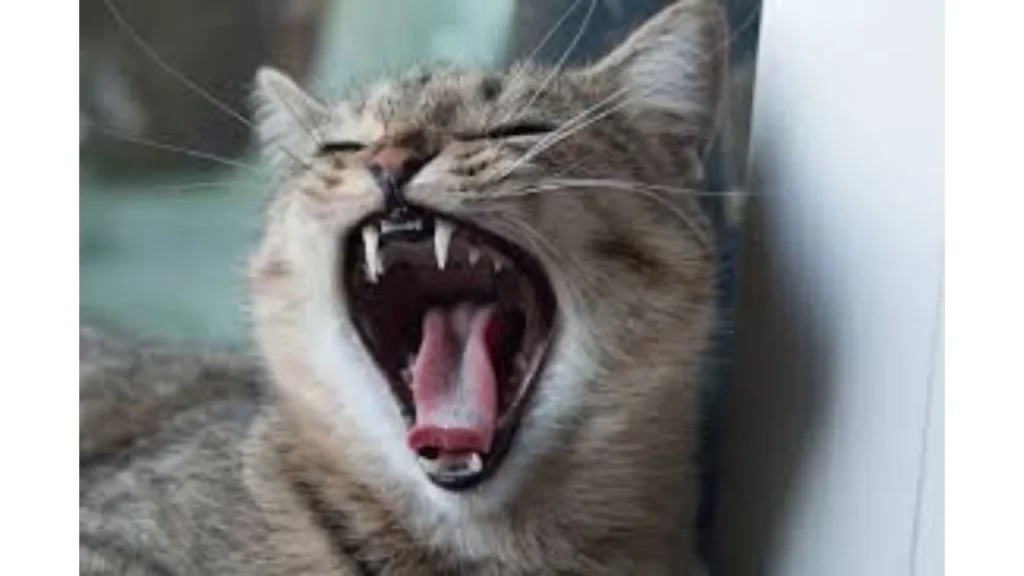
When asking how many teeth cats have, focusing on their front teeth is interesting. Adult cats have 12 front teeth, which are known as incisors. These teeth are split evenly between the upper and lower jaws, with six incisors on the top and six on the bottom. The primary function of these front teeth is to grasp and hold onto food and perform grooming tasks like nibbling on fur to remove dirt and parasites.
The teeth cats have in the front are smaller and less noticeable than their prominent canines, but they play a crucial role in their daily activities. Incisors are used for fine, detailed work that requires precision, such as cutting and nibbling. Although they might not seem as important as the more prominent teeth, healthy incisors are vital for a cat’s overall dental health and functionality.
The process is quite similar in kittens. Kittens develop their baby incisors around 2-4 weeks of age. When they are six months old, these baby front teeth are eventually replaced by their permanent counterparts. To prevent dental issues, it’s essential to ensure that the transition from baby to adult teeth occurs smoothly.
Maintaining the health of the front teeth is crucial. Regular brushing and dental check-ups can help prevent plaque buildup and other dental problems.
What Do I Do If My Cat’s Baby Teeth Don’t Fall Out?
You must take action if your cat’s baby teeth haven’t fallen out as its adult teeth emerge. Retained baby teeth can lead to dental crowding, misalignment, and even infections. First, schedule a visit to your veterinarian. They can assess the situation and determine if extraction is necessary. Sometimes, the vet may recommend waiting longer to see if the baby’s teeth fall out naturally.
In the meantime, monitor your cat’s dental health. Provide chew toys to help loosen stubborn teeth and ensure good oral hygiene. Regular brushing can prevent plaque buildup and support overall dental health. Early intervention prevents long-term dental issues, ensuring your cat’s mouth stays healthy and pain-free.
How to Care for Cat’s Teeth
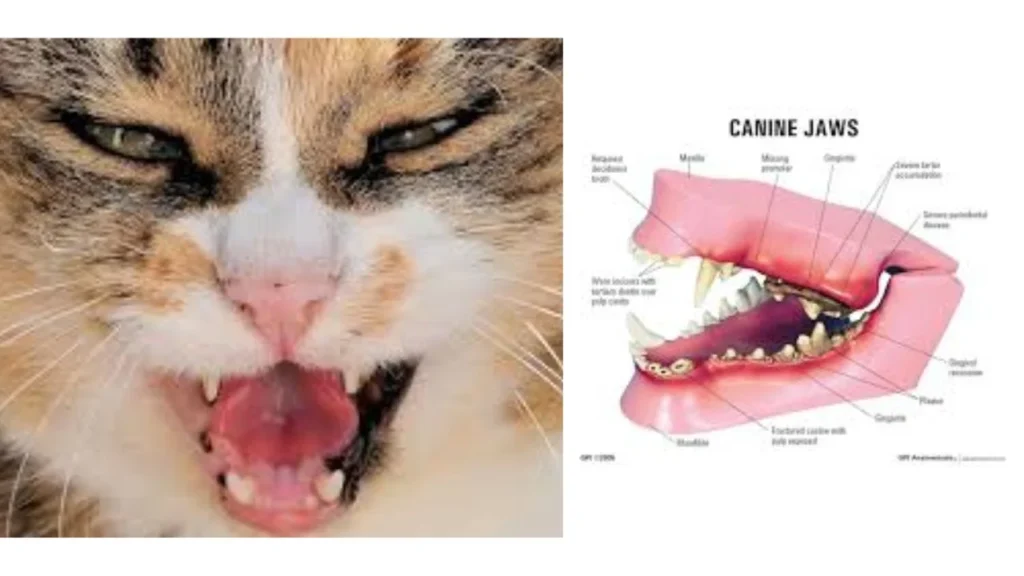
Understanding how many teeth cats have highlights the importance of dental care. To maintain their teeth, cats have:
- Start by brushing their teeth regularly using a cat-specific toothbrush and toothpaste.
- Provide dental treats and toys designed to reduce plaque buildup.
- Schedule regular veterinary check-ups for professional cleanings and early detection of dental issues.
Feeding your cat a balanced diet can also promote oral health. By incorporating these practices, you can ensure your cat’s teeth remain healthy and strong throughout life.
4 Types of Cat Teeth and What They Do
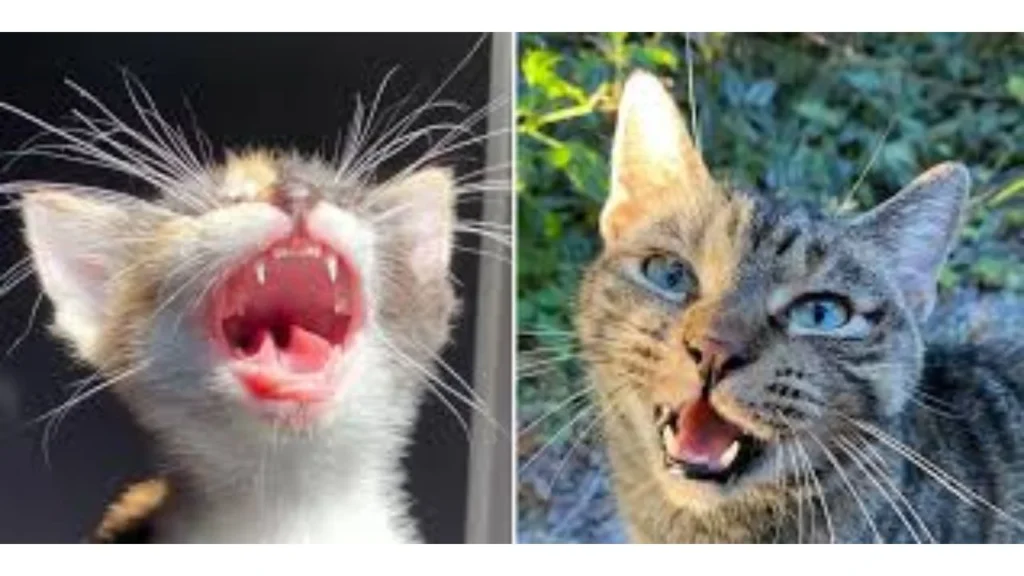
Understanding the types of teeth cats have is crucial for comprehending their dietary and grooming behaviors. Cats have four main types of teeth:
- Incisors: Located at the front of the mouth, incisors are used for grasping and cutting food. They also play a role in grooming by nibbling and cleaning fur.
- Canines are the long, pointed teeth next to the incisors. Canines are used for gripping and tearing food and defending against prey or threats.
- Premolars: Found behind the canines, premolars are more prominent and flatter teeth used for shearing and slicing through food. They help cats process meat and other harsh textures.
- Molars: Situated at the back of the mouth, molars are the most prominent teeth for grinding and crushing food before swallowing.
Is My Kitten Teething?
Is your kitten teething? Here are some signs to look out for:
- Increased Chewing: You may notice your kitten chewing on objects more frequently as they try to relieve teething discomfort.
- Drooling: Teething kittens may drool more than usual due to irritation and inflammation in their gums.
- Swollen Gums: Check your kitten’s gums for signs of redness, swelling, and common teething indicators.
- Behavioral Changes: Teething kittens may exhibit changes in behavior, such as irritability or restlessness, as they experience discomfort.
- Loss of Appetite: Some kittens may temporarily lose interest in food during teething due to gum sensitivity.
- Preference for Soft Foods: Teething kittens may prefer softer foods that are easier to chew and swallow.
More Read:
How to Choose the Perfect Wicker Cat Bed for Your Pet?
DIY Cat Cubes: How to Create a Cozy Haven for Your Cat
Conclusion
In conclusion, understanding how many teeth cats have is vital for cat owners to ensure the oral health of their feline companions. Each stage requires attention and care, from the initial development of baby teeth in kittens to the maintenance of adult teeth. Cat owners can promote healthy teeth and gums in their cats by providing proper dental hygiene, regular veterinary check-ups, and appropriate dental treats and toys. Recognizing the signs of teething in kittens and promptly addressing any issues with retained baby teeth can prevent long-term dental problems. Ultimately, a proactive approach to dental care contributes to cats’ overall well-being and happiness, ensuring they can enjoy their meals and grooming routines easily.
FAQ’s
Do cats have two front teeth?
Yes, cats have two front teeth, incisors, on both their upper and lower jaws. These incisors are used for grasping and cutting food and grooming tasks.
Why are cats’ front teeth so small?
Cats’ front teeth, or incisors, are small to accommodate their carnivorous diet, primarily tearing and cutting meat. These small teeth are suited for precise and delicate tasks.
Do cats only have 4 teeth?
No, cats have more than four teeth. Adult cats typically have 30 permanent teeth, including incisors, canines, premolars, and molars, each serving specific functions in their diet and grooming habits.
What are the front teeth of a house cat?
The front teeth of a house cat are called incisors. These are located at the front of the mouth and are used for grasping, cutting food, and performing grooming tasks like nibbling on fur.

